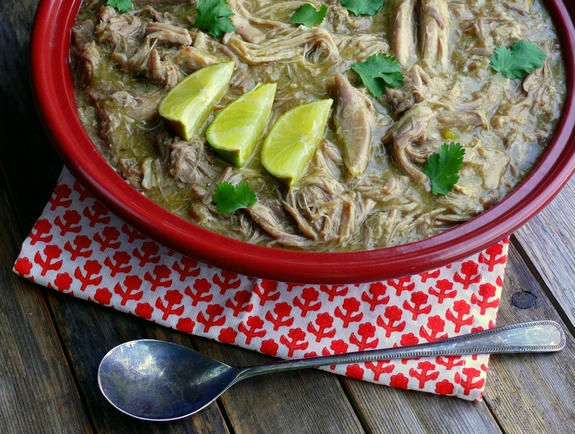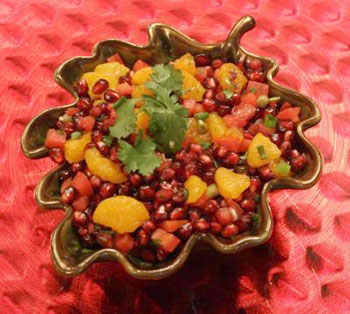 I love soups and stews. I truly do. This soup is a derivative of fresh, previously fresh, and local flavors that all meld together in a literal melting pot of culinary delight.
I love soups and stews. I truly do. This soup is a derivative of fresh, previously fresh, and local flavors that all meld together in a literal melting pot of culinary delight.
Sausage from M&T Meats in Hawkinsville mixed with Conecuh Sausage from Evergreen, Alabama add a layer of savory, smoky flavor as well as depth to this soup. Stewed tomatoes, put up from last summer, and black beans all swirl around in a big ol’ pot with cumin, cayenne, and a Vidalia roux.
Rouxs rule! A roux, or a cooked mixture of fat and flour, is the flavor foundation for this soup. A roux is the classical thickener for the French mother sauces, yet a Cajun roux is a bit different from its classical cousin. The roux for this soup is more so of a Cajun roux, though not totally authentic…a Cajun roux takes a long time to properly make – this one not so much. I also did not use flour since I used onion powder and cumin, thus making up the starch portion of the roux’s makeup. Typically a one to one ratio fat to starch is called for in a roux…this combo works just fine!

 Seriously folks what is with all the bad weather in the U.S.? When I'm tooling around on Facebook I feel like I've been living everyone's bad weather, including my own. So much snow everywhere. Let's hope Spring comes a little early this year. All these gloomy days means the slow cooker has been earning its keep. This Pulled Pork Chile Verde has been something I've been working on. But today it was perfect and that's why I'm sharing it with you.
Seriously folks what is with all the bad weather in the U.S.? When I'm tooling around on Facebook I feel like I've been living everyone's bad weather, including my own. So much snow everywhere. Let's hope Spring comes a little early this year. All these gloomy days means the slow cooker has been earning its keep. This Pulled Pork Chile Verde has been something I've been working on. But today it was perfect and that's why I'm sharing it with you.  If you listen to conventional wisdom, you might think roasting is the only way to go when it comes to cooking fingerling potatoes. Now, I am usually the poster-girl for roasting (potatoes or anything else), and I’d like not to be burned at the stake for potato heresy, but I think fingerling potatoes are usually better braised or simmered, or, yes, boiled—any method that involves a little liquid.
If you listen to conventional wisdom, you might think roasting is the only way to go when it comes to cooking fingerling potatoes. Now, I am usually the poster-girl for roasting (potatoes or anything else), and I’d like not to be burned at the stake for potato heresy, but I think fingerling potatoes are usually better braised or simmered, or, yes, boiled—any method that involves a little liquid. We cannot let November pass without a pomegranate!
We cannot let November pass without a pomegranate! You've seen it at the market. You've picked it up and wondered,
You've seen it at the market. You've picked it up and wondered, 